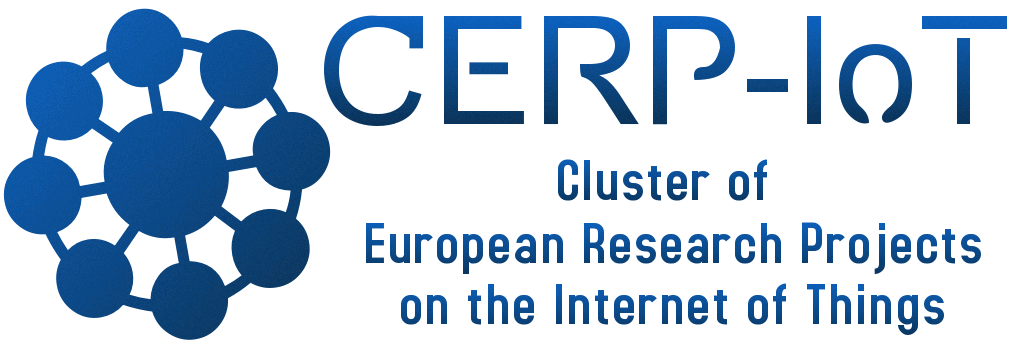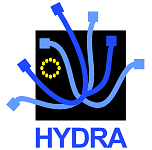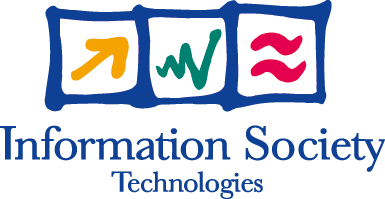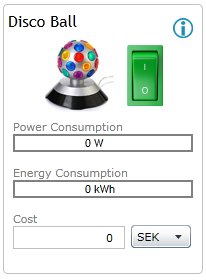- 09 Jun 2007
- Related projects
- 6038 Reads
Full Name: | An intelligent interactive services environment for assisted living at home | |
Basic data: | Type of the project: | IST FP6 project, STREP |
| IST SO: | Ambient Assisted Living (AAL) in the Ageing Society | |
| Project Reference: | 045061 | |
| Launch: | January 2007 | |
| Duration: | 24 months | |
| Consortium: | 8 partners from 5 countries | |
| Coordinator: | Alcatel SEL AG, Germany | |
Website | http://www.ist-inhome.eu/ | |
Description: |
The goal of the INHOME project is to provide the
means for improving the quality of life of elderly people at home, by
developing generic technologies for managing their domestic ambient
environment, comprised of white goods, entertainment equipment and home
automation systems with the aim to increase their autonomy and safety.
Contrary to the practises followed up to now, the INHOME project focuses
on the problem of appliances flexible use by discriminating between
experienced and inexperienced rather than enabled or disabled users. By
adopting this radically different standpoint the project is posed to set
out a generic set of appliance design guidelines targeting the
intensification of home appliances use and user dependency. In
accordance with this concept, the INHOME project aims at furnishing its
offerings through the establishment of the four-tier architecture. The
bottom line technology is offered by the ESTIA project
(IST-FP6-4-27191), which focuses on the design and development of
technologies for efficient personalised management of audiovisual
content and white goods functions, locally within the home. | |
| Relevance to HYDRA: | The project INHOME aims at the same application domain as HYDRA does. | |





 The Hydra project is co-funded by the
The Hydra project is co-funded by the 


